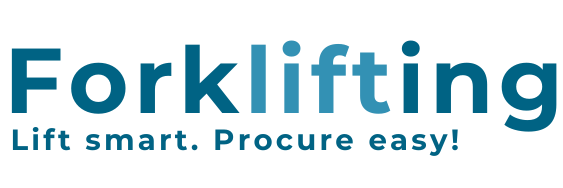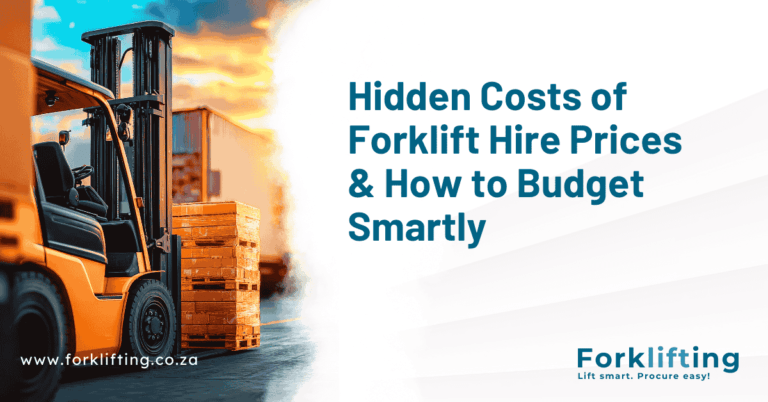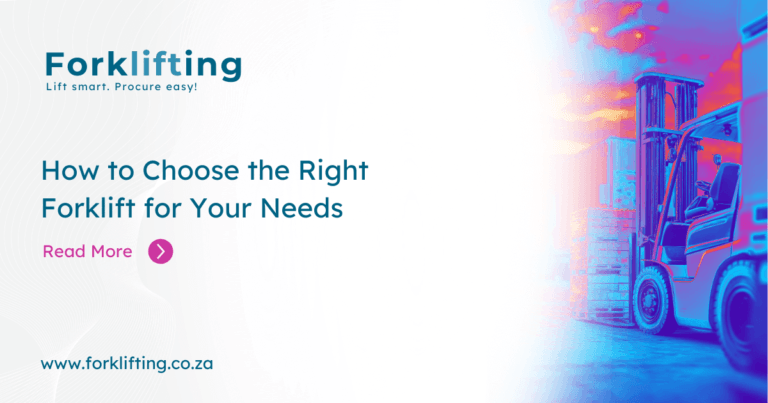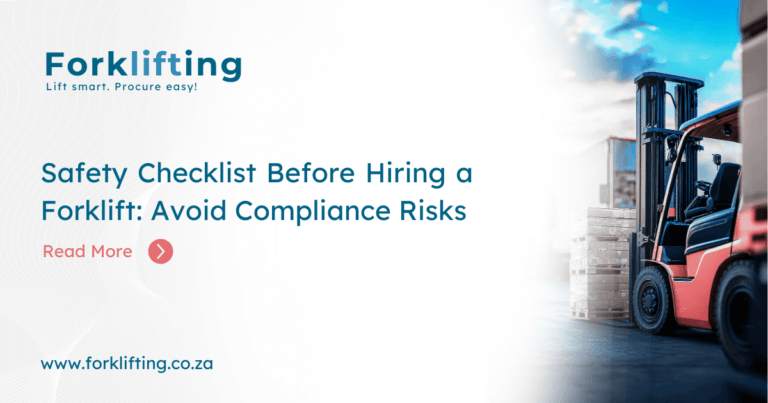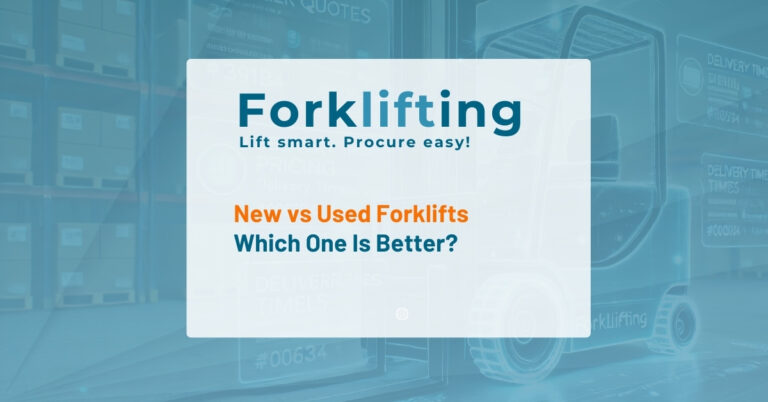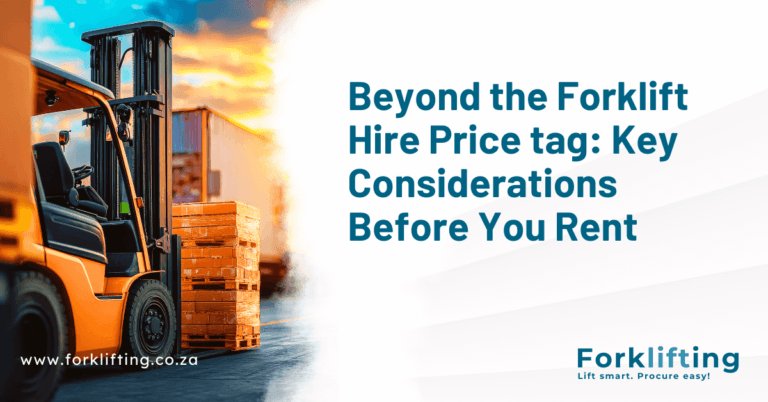When it comes to acquiring forklifts, parts, or maintenance services, making informed procurement decisions is crucial. Whether you’re a procurement officer, operations manager, or business owner, ensuring that your investment meets operational needs, safety standards, and budget constraints is essential. A well-structured procurement checklist can help streamline the process, reduce risks, and optimize costs.
This guide provides an essential procurement checklist to help you make the best choices when purchasing forklifts, replacement parts, or service agreements.
Why a Procurement Checklist Matters
Procurement of material handling equipment like forklifts involves multiple considerations, from selecting the right model to ensuring long-term maintenance support. A structured checklist:
- Helps avoid costly mistakes
- Ensures compliance with industry regulations
- Simplifies vendor evaluation and comparison
- Reduces downtime and enhances operational efficiency
- Improves safety and sustainability efforts
Step 1: Assess Your Requirements (A needs analysis)
Before diving into buying your next forklift, it’s essential to clearly define your needs. Consider:
- Type of forklift required – Consider load capacity, lift height, fuel type (electric, diesel, LPG), and operating environment (indoor, outdoor, rough terrain).
- Usage frequency – Determine whether purchasing, leasing, or renting is the most cost-effective solution.
- Compliance & Safety Requirements – Ensure adherence to industry safety standards, such as OSHA (Occupational Safety and Health Administration) or local regulatory bodies.
Step 2: Set a Budget
Forklifts and related services can be a significant investment. Outline a budget that includes:
- Initial purchase cost or lease/rental fees
- Maintenance & repair expenses
- Operator training and certification
- Insurance & warranty coverage
- Spare parts and long-term operational costs
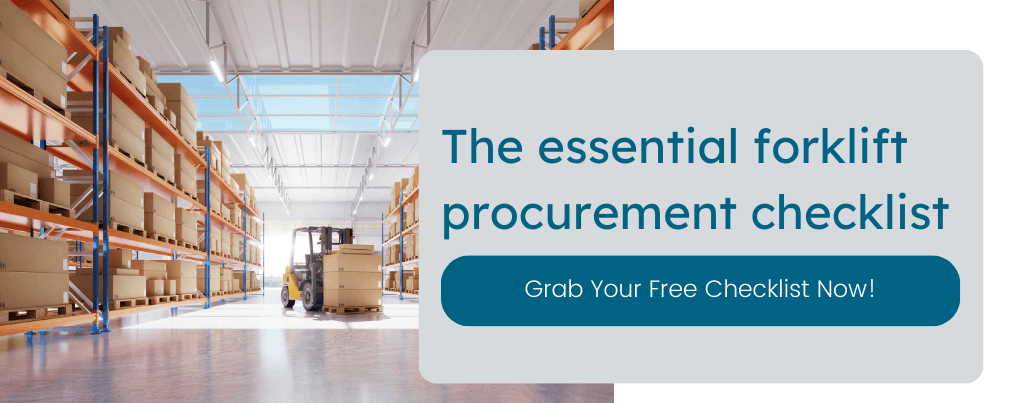
Step 3: Research and Select Suppliers
Choosing the right vendor is key to getting quality products and services. Evaluate suppliers based on:
- Reputation and credibility – Check online reviews, testimonials, and industry certifications.
- Product range and availability – Ensure they offer suitable models and genuine parts.
- After-sales support – Confirm warranty terms, service agreements, and parts availability.
- Delivery timelines – Verify lead times and logistics support to prevent delays in operations.
Step 4: Evaluate Forklift Specifications
Not all forklifts are created equal. Consider:
- Load capacity and lift height – Ensure the forklift can handle your materials efficiently.
- Turning radius and maneuverability – Essential for tight warehouse spaces.
- Energy efficiency and sustainability – Electric forklifts may offer long-term savings compared to diesel models.
- Technology & features – Look for smart sensors, telematics, and automation capabilities.
Step 5: Inspect for Quality Assurance
If purchasing a used forklift or spare parts:
- Conduct a visual inspection for damage or wear.
- Review the maintenance history and previous repairs.
- Perform a test run to check operational performance.
- Verify the serial number and authenticity of parts to prevent counterfeit purchases.
Step 6: Consider Maintenance and Service Contracts
A forklift is only as good as its upkeep. Ask vendors about:
- Preventive maintenance plans
- Emergency repair services
- Availability of spare parts
- Service contract options (e.g., full-service vs. on-demand maintenance)
- Training programs for operators
Step 7: Finalize Procurement and Documentation
Once you’ve made your selection:
- Negotiate final pricing and terms.
- Review and sign the purchase/service contract.
- Arrange for proper documentation (warranties, invoices, compliance certifications, insurance policies).
- Schedule delivery and installation to minimize operational disruptions.
Step 8: Post-Purchase Evaluation & Optimization
After the purchase:
- Monitor performance and efficiency.
- Schedule regular maintenance checks.
- Track downtime and maintenance costs to assess long-term ROI.
- Train staff on best practices for forklift operation and safety.
Conclusion
Procurement of forklifts, parts, and services requires careful planning and due diligence. By following our guideline and checklist, businesses can ensure they acquire the right forklift equipment at the best value while maintaining safety and compliance.

Ready to streamline your forklift procurement process? Visit Forklifting.co.za to obtain comparatible quotes from recognised forklift supplier brands. Download your essential forklift procurement checklist today and make your procurement easier and more efficient!
